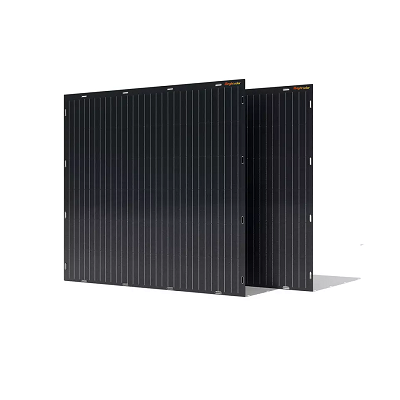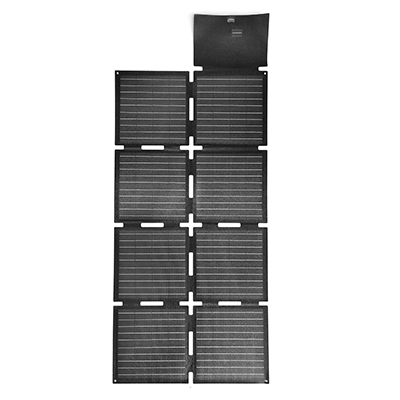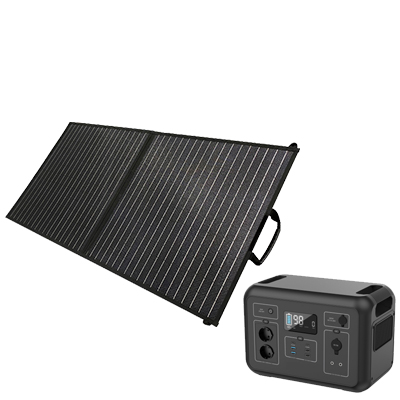Floating photovoltaic power plants
With the development of photovoltaic industry, land resources for the construction of photovoltaic power stations are becoming more and more tight, and many enterprises have turned their attention to the sea/water surface.Recently, BlueLeaf Energy and SunAsia Energy have signed a contract with the Philippine government to build the world's largest floating power station with a cumulative installed capacity of 610.5MW. At present, the largest grid-connected floating power station on the surface of China has an installed capacity of 250MW, and the installed scale of floating power station is 500kw. Many friends will wonder, can a solar panel be thrown on the sea (water)?Yes, it does generate electricity, and because the water itself has a cooling effect, it can reduce the temperature of the module and improve the power generation. At present, the scale is concentrated in Asia (Japan, South Korea, China, Vietnam, India, Singapore, the Philippines and other places), accounting for 87% of the global market. It is estimated that by 2026, the global floating photovoltaic installed capacity will reach 4.8GW. Offshore photovoltaic has broad prospects but also many challenges.The biggest challenge is to develop offshore photovoltaic solutions (harsh offshore environment, customized solar modules, photovoltaic accessories and floating materials to be environmentally friendly + corrosion resistant + waterproof + fire-resistant, anchor design and layout to ensure the overall stability of the array in the harsh environment, dynamic cable to the grid and other issues need to be solved). With the development of technology, the future can realize the GW era of offshore photovoltaic, ushering in the growth point of floating photovoltaic power generation scale.




























